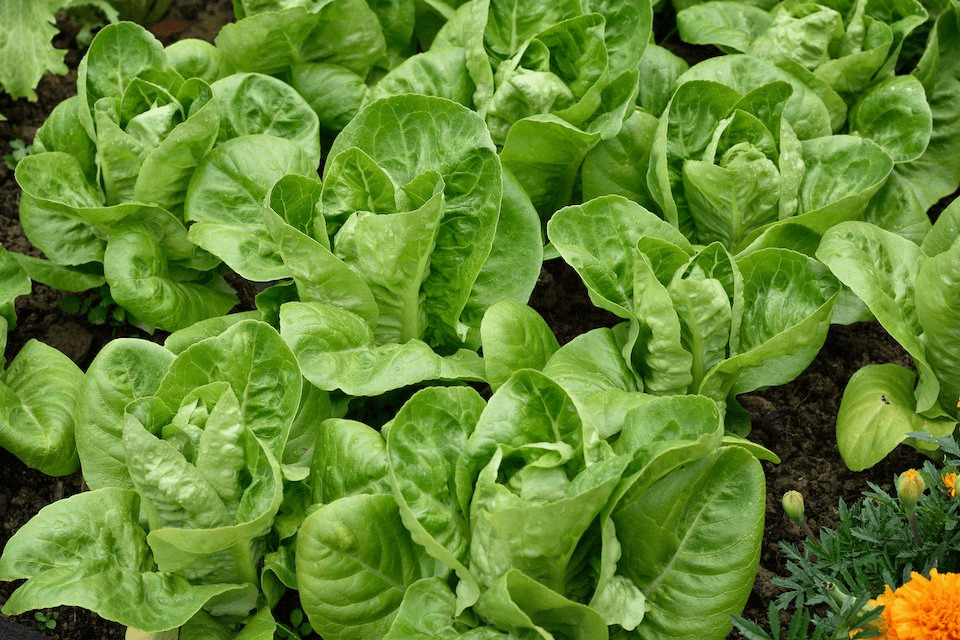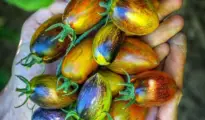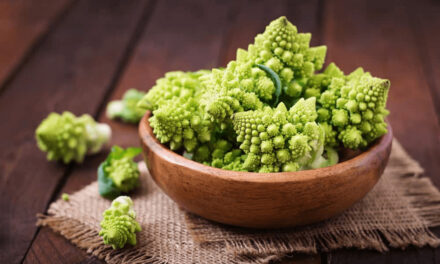If you're a home gardener looking to add some gourmet flair to your salads or sandwiches, Little Gem lettuce is the perfect choice. This petite variety of lettuce, known for its sweet and crunchy leaves, has gained popularity in recent years for its compact size and delicious taste. In this comprehensive guide, we will take you through the step-by-step process of growing Little Gem lettuce in your garden or even in containers.

1. Selecting the Right Location
Before you start growing Little Gem lettuce, it's crucial to choose the right location for optimal growth. These mini greens thrive in a spot that receives full sunlight, ideally at least 6 to 8 hours a day. Additionally, make sure the area has well-draining soil to prevent waterlogging, which can lead to root rot.
2. Preparing the Soil
Once you've identified the perfect location, it's time to prepare the soil. Little Gem lettuce prefers loose, fertile soil with a pH level between 6.0 and 7.0. To enhance the soil's fertility, mix in organic matter like compost or well-rotted manure. This will provide the necessary nutrients and improve the soil's structure, allowing the plant's roots to grow deeply.
3. Planting Little Gem Lettuce
3.1. Direct Sowing
You can directly sow Little Gem lettuce seeds into the prepared soil. The best time for sowing is during the cool seasons of spring and fall. Follow these steps for successful direct sowing:
- Lightly sprinkle the seeds over the soil surface.
- Cover the seeds with a thin layer of soil or compost.
- Water gently to keep the soil moist but not waterlogged.
3.2. Transplanting
Alternatively, you can start Little Gem lettuce seeds indoors 4 to 6 weeks before the last expected frost date and then transplant the seedlings outdoors once they are 3 to 4 inches tall. Transplanting provides more control over the growing environment and can help you get a head start on the growing season.
4. Watering and Maintenance
Little Gem lettuce enjoys consistent moisture, so regular watering is essential, especially during dry spells. Avoid overhead watering if possible, as wet leaves can lead to fungal diseases. Instead, use a drip irrigation system or water directly at the base of the plant.
Additionally, keep an eye out for weeds, as they can compete with your lettuce for nutrients and water. Regularly remove any weeds that sprout around the lettuce plants.
5. Thinning the Seedlings
If you directly sow the lettuce seeds, it's likely that they will germinate in clusters. To give each plant enough space to grow, thin out the seedlings once they have a few true leaves. Space the plants about 6 to 8 inches apart to allow ample room for the heads to develop fully.
6. Providing Shade
As the Little Gem lettuce plants grow, they may appreciate some shade during the hottest parts of the day. You can use shade cloth or plant taller crops nearby to provide some relief from the scorching sun. This will help prevent the lettuce from bolting (prematurely going to seed) and prolong the harvesting period.
7. Fertilizing
To encourage healthy growth and maximize the flavor of Little Gem lettuce, it's a good idea to fertilize the soil. However, avoid using excessive nitrogen-based fertilizers, as this can result in more leafy growth and less flavorful heads. Instead, opt for a balanced fertilizer or one with slightly higher phosphorus and potassium levels.
8. Harvesting Little Gem Lettuce
Little Gem lettuce reaches maturity in about 60 to 70 days after sowing. When the heads are firm and reach the desired size (usually around 4 to 6 inches in height), it's time to harvest. Use a sharp knife or garden scissors to cut the lettuce just above the soil level. If you've planted multiple rows, you can stagger the harvest to enjoy fresh lettuce over a more extended period.
9. Storing and Using Little Gem Lettuce
After harvesting, gently wash the lettuce heads and pat them dry. Store the unwashed lettuce in a plastic bag or airtight container in the refrigerator's vegetable drawer. Little Gem lettuce will stay fresh for about a week.
Use these delicious greens in salads, sandwiches, wraps, or as a crunchy and healthy addition to any meal. Their compact size and delicate flavor make them a favorite among home cooks and chefs alike.
Conclusion
Growing Little Gem lettuce is a rewarding experience for any gardener. With a little care and attention, you can enjoy a continuous supply of these delightful miniature greens throughout the growing season. Remember to select the right location, prepare the soil, and provide adequate water and shade for your lettuce to thrive. By following these steps, you'll be well on your way to cultivating your very own crisp and flavorful Little Gem lettuce in no time!


















